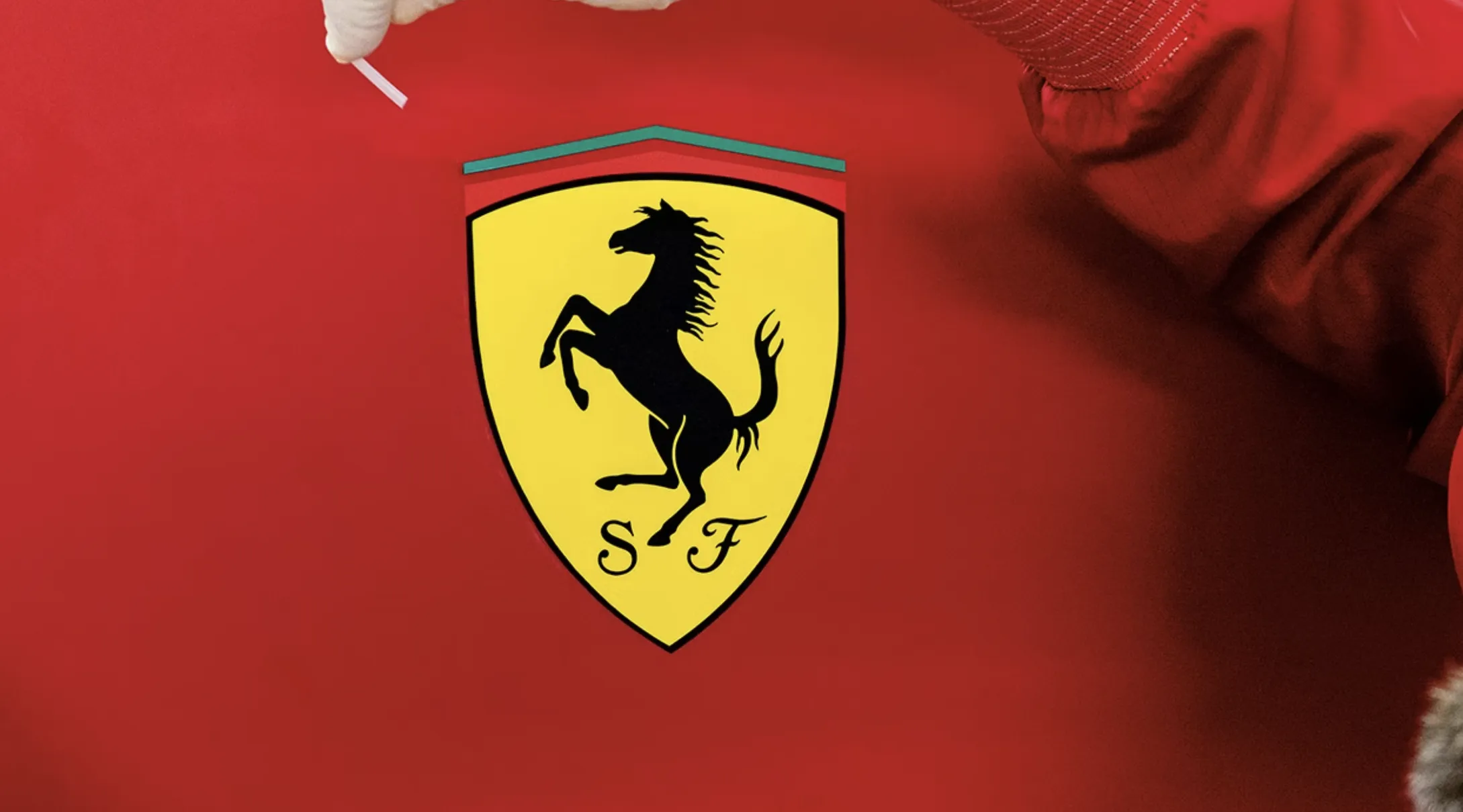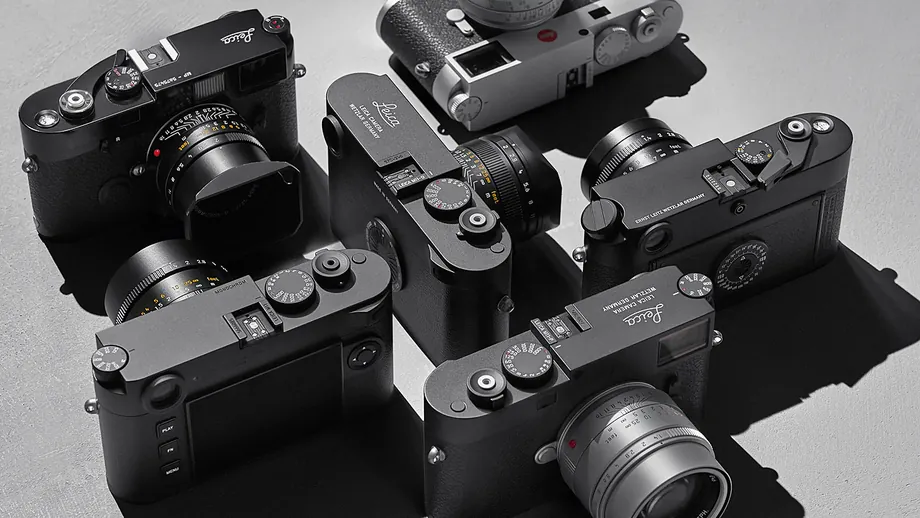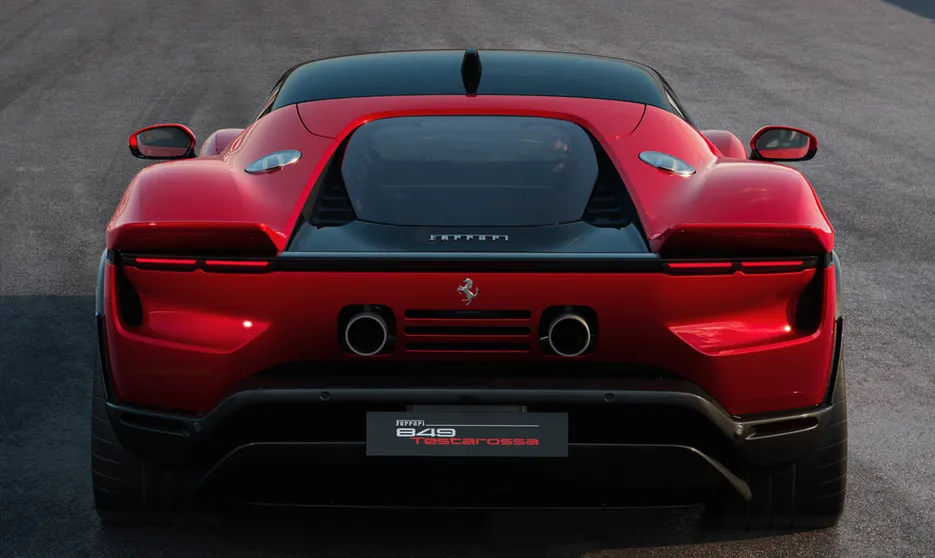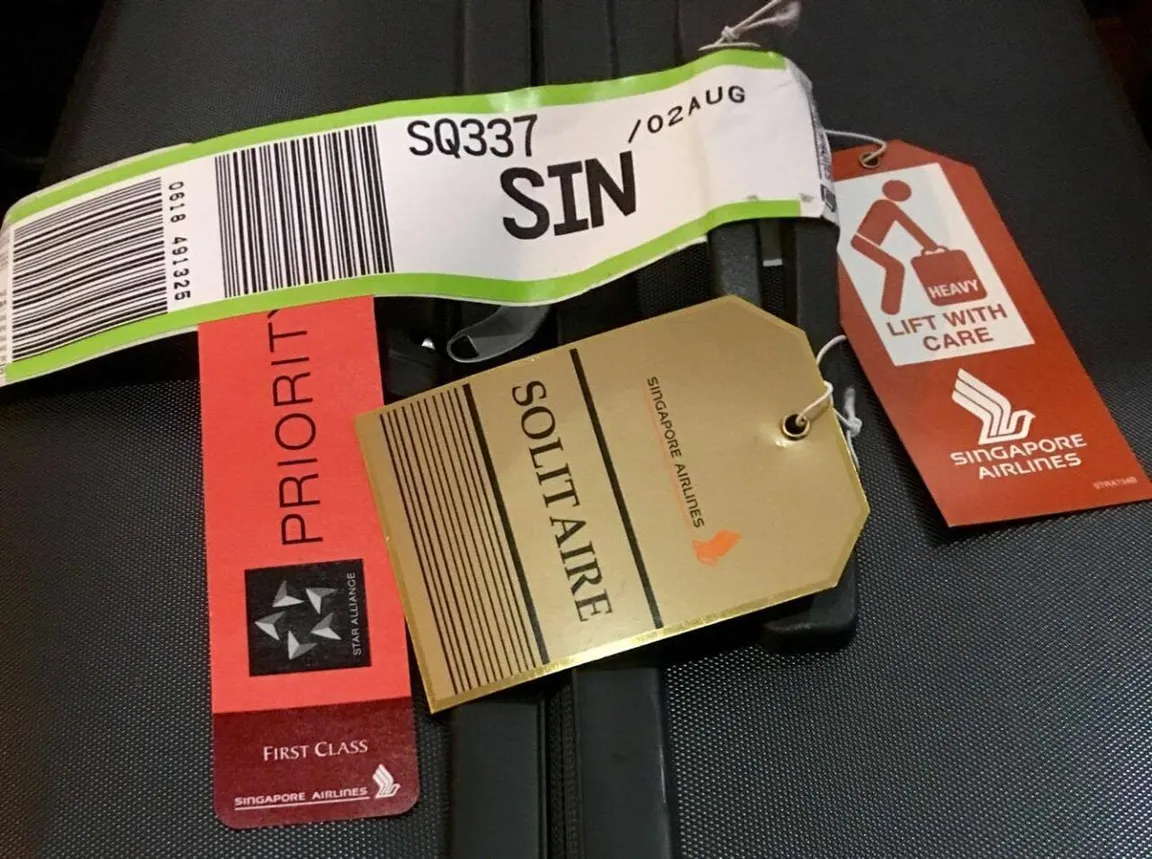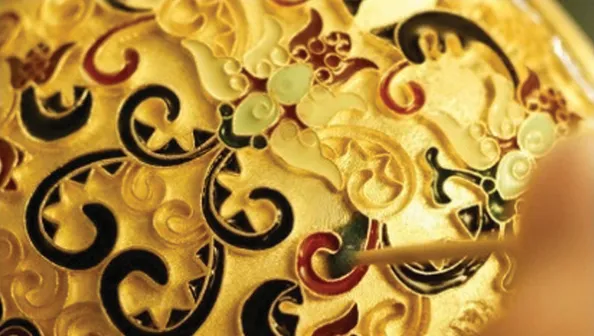Every Signature Tells a Story
A badge. A logo. A shield.
Most car brands have one. Ferrari signs theirs.
The iconic yellow shield with the Prancing Horse — the Cavallino Rampante — is one of the most recognised images in motoring. It appears on road cars, on Formula 1 machines, and on bedroom posters across the world. Yet not everyone knows that on some Ferraris, that shield is not a factory emblem at all. It is painted by hand.
The Scudetto Aerografato
The scudetto aerografato is an option reserved for clients who want the extraordinary. It is painted directly onto the car’s fender — no shortcuts, no second tries.
- One artisan. Two shields. A steady hand and complete focus.
- Up to 16 hours of work for a pair of shields.
- Priced at more than USD 10,000.
This detail does not add horsepower. It does not alter performance. What it adds is desire — the bridge between need and want.
At Maranello, the process is meticulous. It begins with a stencil and multiple layers of paint: black, Giallo Modena, then the red and green of the Italian flag. Each layer is protected with clear coat before the next is applied. Sanding, quality checks, and even a 24-hour humidity resistance test follow. Should flaws appear, the process starts again from scratch. According to Ferrari’s paint team, that has never been necessary.
The result is unique. No two shields are identical. Each one is an autograph — a quiet signature from Maranello’s artisans.
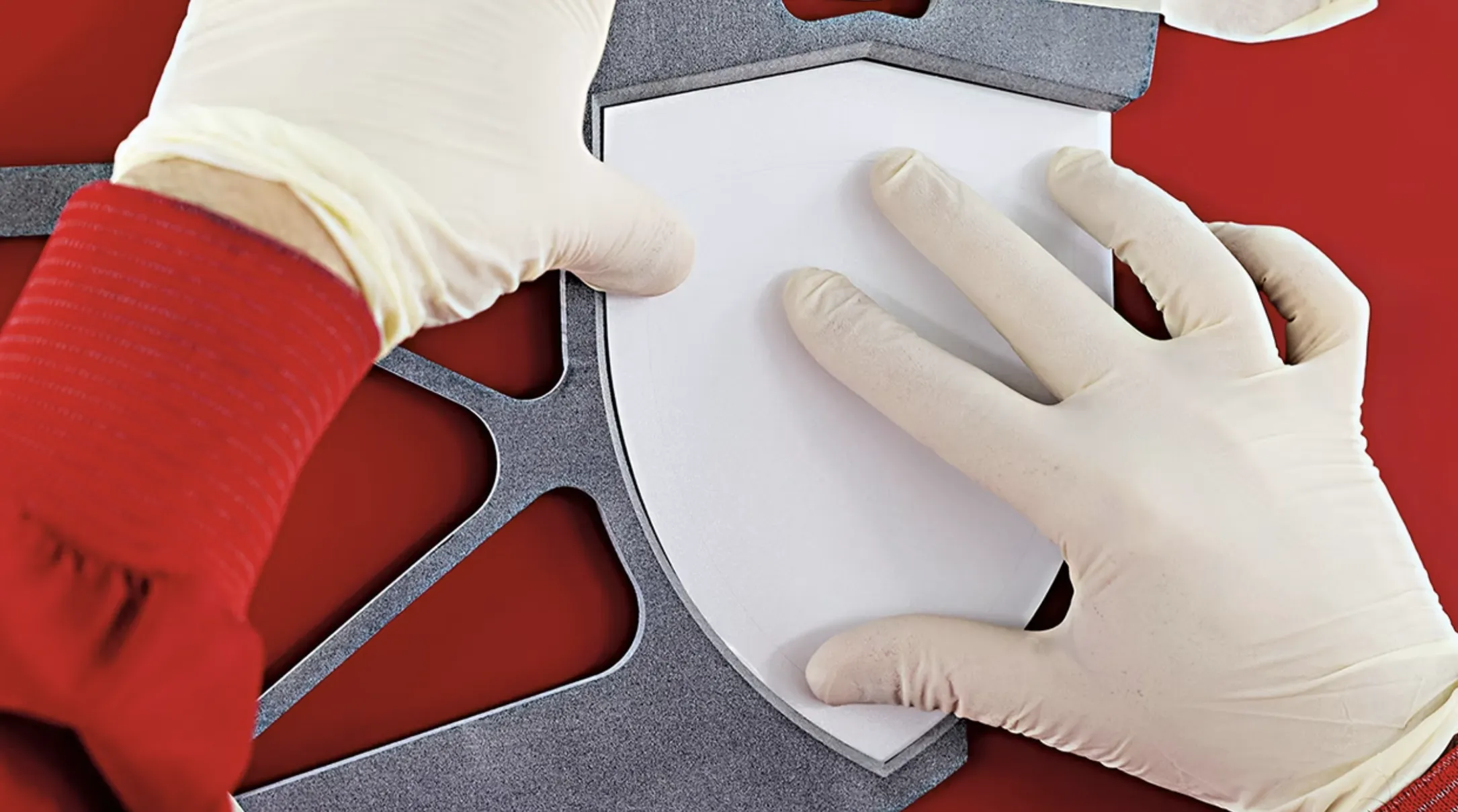
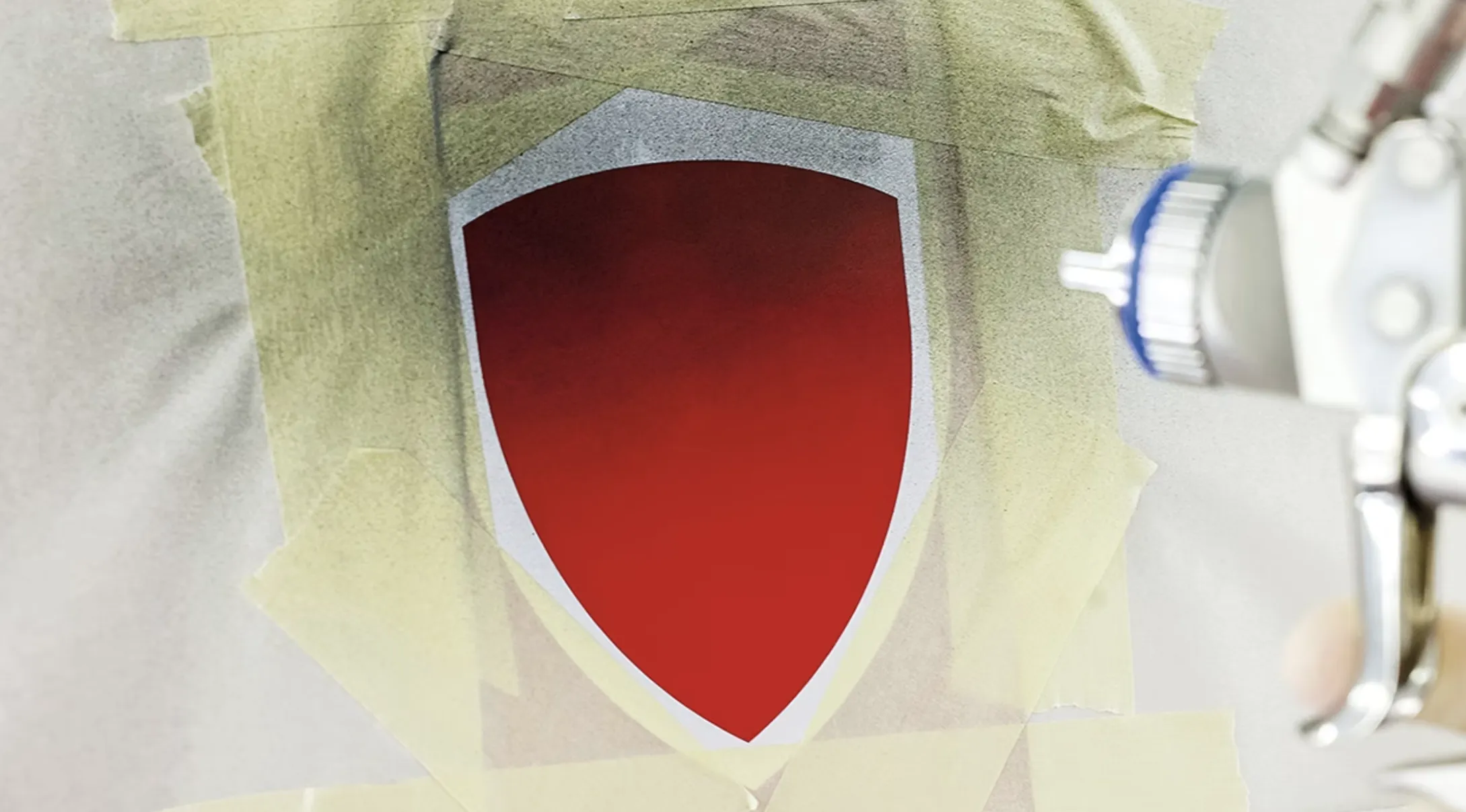
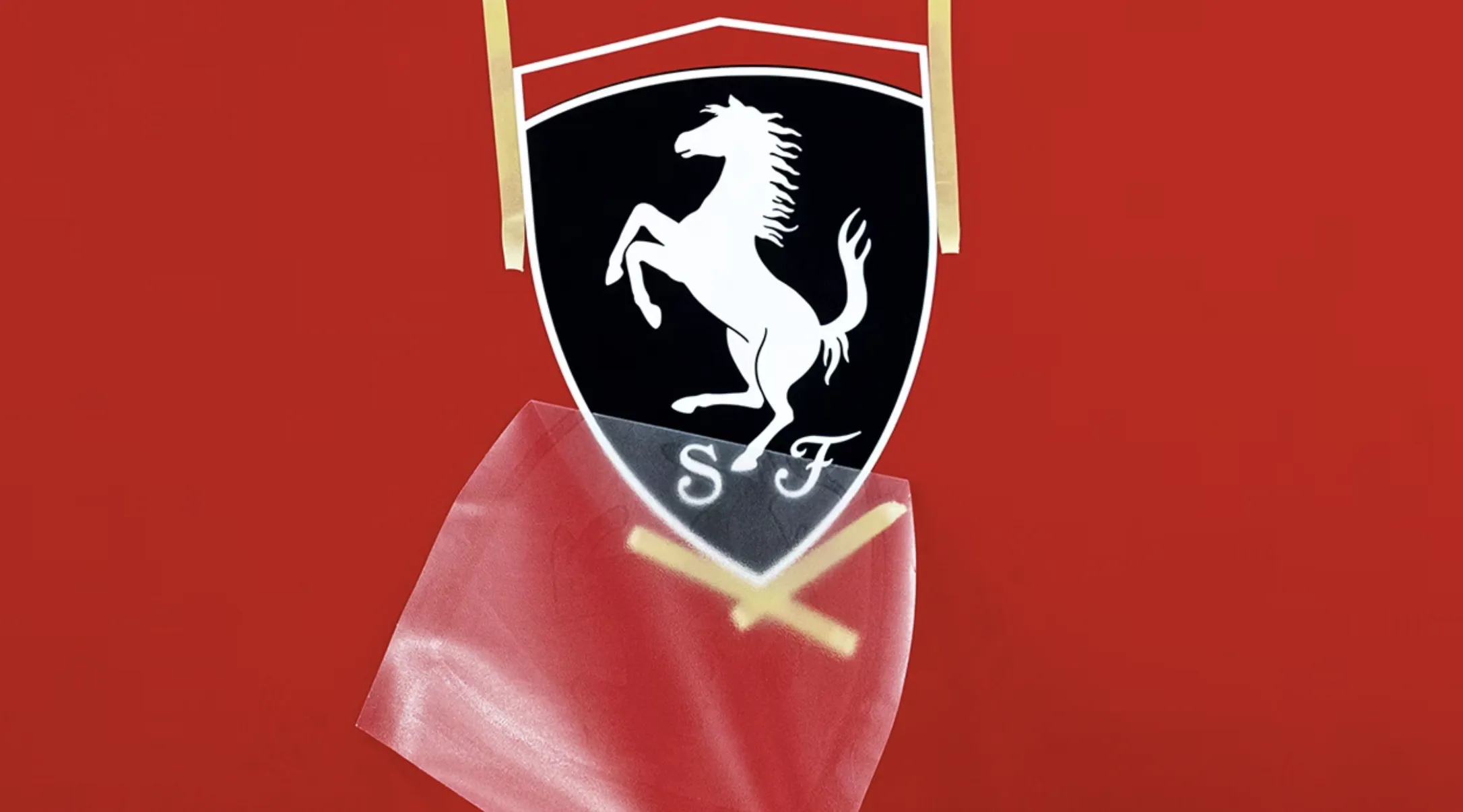
The Art of Restraint
The scudetto aerografato reflects something essential about luxury. True luxury does not need to shout. It exists quietly, waiting for the right person to notice.
This principle resonates deeply in Asia. In markets where exclusivity is often measured by visibility, the most powerful signal can be understatement. A hand-painted shield speaks volumes only to those who know to look. That is the difference between mass-produced luxury and meaningful detail.
Lessons for Luxury in Asia
Ferrari’s shield teaches wider truths about luxury brands:
- Details define desire. Small touches can transform an object into a story.
- Time is value. Sixteen hours of craftsmanship for two badges creates meaning beyond material.
- Exclusivity can be subtle. The quietest details often carry the strongest status among connoisseurs.
- Narrative builds connection. Customers do not buy paint; they buy the story of the artisan’s hand.
For Asian markets, where customers are increasingly discerning, these lessons underline that luxury is not about scale but about significance.
Final Thought
Ferrari’s scudetto aerografato turns a simple badge into a canvas for passion. It is a reminder that in luxury, the smallest details often carry the greatest weight.
The question for other brands is simple: what quiet detail in your story speaks volumes — only to those who are really looking?
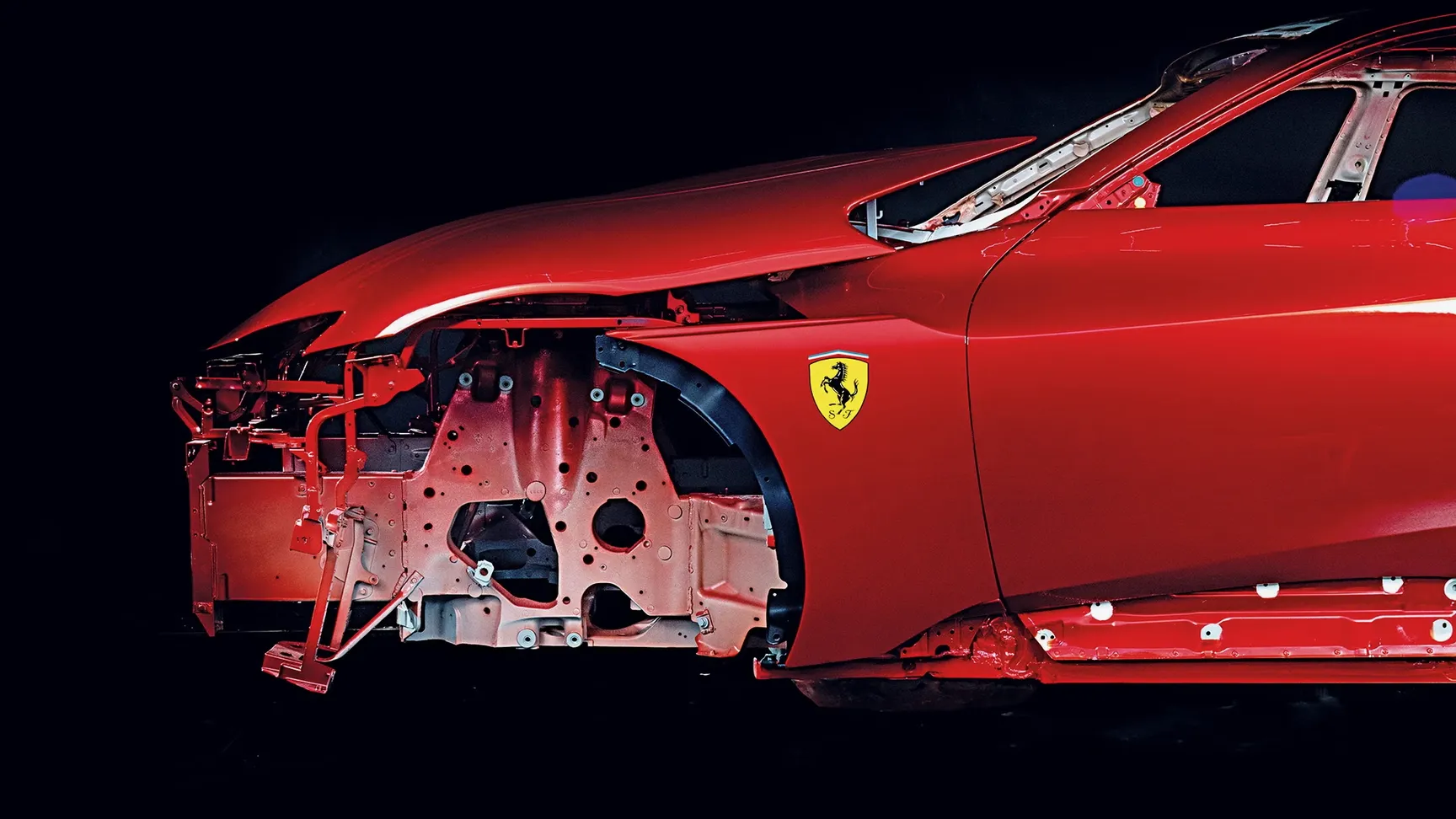
Photo credits: https://ferrari.com
